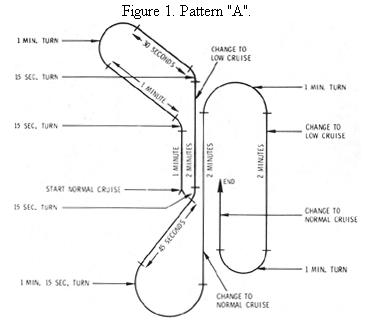CPO Flight Lesson 3 : C152 Power on Stalls, Slips, and Landings
This lesson number 3. Finally! The practice area was swarming with Cessnas...but I managed to get in some power on stalls before heading back to KFME for a few landings and some pattern practice.
Everything feels better after doing it a few times, so I expect that these things will become more refined over time. I seem to be able to develop more "feel" for the aircraft each time I fly. I need to work on all of it...but that's why we train, right?
I did learn a few good lessons here...like don't hit the brakes too hard after touchdown.

I am also (for some reason) cutting my turn to final a bit tight. I think it looks like I don't have much room to make the turn (buildings in front of me, etc) but after I make the turn, I realize I had more room (and in fact, I turned way too tight). Also, more opposite rudder on stall recovery (or stay coordinated when it stalls to avoid too much roll).
I will say that I find "doing" these things helps me solidify what I "read" or "saw" about them. I think my learning style is to get the head knowledge, do the task, and then go back and re-do the head knowledge. I need to experience some things in order for the knowledge to have proper context in my brain.

Another observation... It's crazy how hard it is too see other traffic sometimes. It really shows how attentive you have to be! There was one point in the video where my CFI pointed out traffic at about 9 o'clock and low...3-4 miles out. I never did see that plane. That wasn't a safety risk to us in that situation, but it was clear to me that it's likely impossible to see everything there is too see up there. Mostly though, we would point out traffic to each other and both could identify them. That one, though, I never could find. I can definitely see the value of having a co-pilot!
My radio usage is up to about 50% now...I'm slowly taking on more and more of that, but my CFI is kindly managing that with me so that I'm able to focus on learning the flight techniques without also having to balance the radio traffic. I imagine that within a few more lessons, I'll be taking on all of the radio as well.
I also changed the camera position for this flight. It worked out great, because you can now see us moving around during the stall maneuvers. What I don't like...is when reviewing the video, I can't see the left-most gauges. I'm trying to avoid placing multiple cameras...but that would be the best of both worlds.



